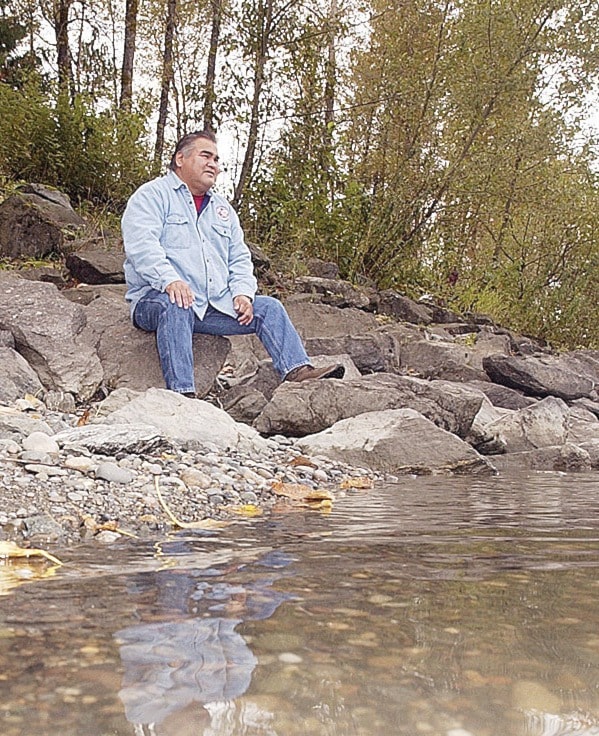A proposal that would transfer part of the Fraser River chinook salmon allocation from recreational fishermen to First Nations groups is a bid to uphold the law regarding First Nations fishing rights.
That’s according to Ken Malloway, chair of the Lower Fraser Fisheries Alliance, which represents 30 bands on the lower Fraser.
“The Supreme Court (in the Sparrow decision) has said if our food needs are not being met, no other fishery is going on,” Malloway said.
“Well, our needs are not being met.”
Last year, Malloway said, the Fraser First Nations didn’t come anywhere near their target allotment of 300,000 sockeye.
“(We collected) only a few thousand,” Malloway said.
“We only fished for two days.”
The proposal was put forward by First Nations representatives during a series of meetings with the Department of Fisheries and Oceans (DFO) in January, March and April to consult on conservation and harvest planning for Fraser River salmon.
It would increase the amount of FSC (Food, Social, Ceremonial) chinook reserved for First Nations, at the expense of sport fishermen in order to make up for an expected drop in the sockeye run this year.
It is opposed by the newly formed Fraser River Sportfishing Alliance (FRSA), a coalition of Fraser River fishing guides, recreational anglers and industry reps.
The FRSA issued a joint statement that said “under no circumstances should our allocation of salmon, determined after conservation concerns, be transferred to another sector.”
Jeff Grout, the DFO regional resource manager of salmon, said no decision has been made about the proposed reallocation of chinook as yet, but he expected it will come some time in June after Hunter Tootoo – the minister of fisheries, oceans and the Canadian Coast Guard – reviews the Pacific Region integrated fisheries management plan.
Grout said there has been “considerable uncertainty” about the sockeye run this year, with the amount projected to be somewhere around 2.7 million, but possibly as low as 814,000.
That represents a considerable drop from the previous high of 28.3 million recorded in 2010, Grout said.
The decline is believed to be the result of unusually hot weather that has produced higher than normal ocean temperatures along with warmer than usual river temperatures and low stream levels.
